It’s more than 18 months since we first collected a field of affordable electric cars together along with a similar number of Autocar road testers.
The aim was to perform some proper back-to-back testing and decide if any – or perhaps how many – of the former could be considered genuinely good fun to drive.
Back in 2023, then out of a field of six cars, we found several that were enjoyable to drive, but only one or two of those felt like they existed primarily for the purpose of driver entertainment.
Our winner then was a car that would go on to scoop other Autocar group test honours and, in revised form, is likely to set a stiff pace even for this one: the Cupra Born.
Now look how the electric car landscape has changed. Over the past 12 months alone, the market for affordable electric cars really has burst into bloom.
Leading powers in the mainstream EV market, names such as Hyundai, Kia and Volkswagen, have launched new EV performance sub-brands, while the likes of Alfa Romeo, Abarth, Ford and Alpine are showing that the ‘legacy brands’ can also cater to enthusiasts’ tastes with their zero-emissions offerings.
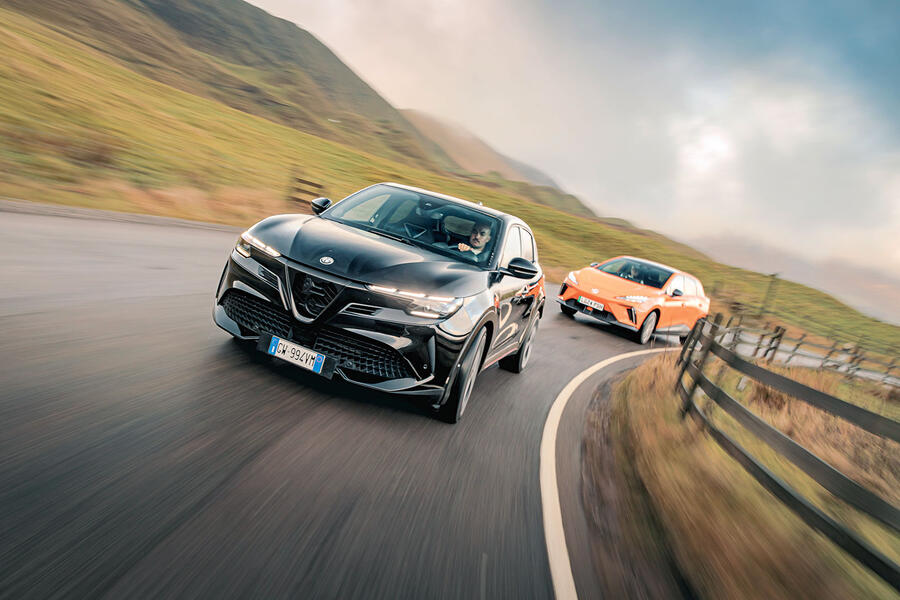
This second running of Autocar’s Best Fun EV test takes in no fewer than three special performance derivatives of both new and well-established compact electric cars.
The hotly anticipated and all-new Alpine A290 – tested in top-of-the-line GTS form – is foremost among them, but alongside it is Alfa Romeo’s first EV, the Junior Elettrica Veloce, as well as Cupra’s performance-tuned Born, the VZ.
The second-generation electric Mini, the Cooper SE, should give those cars a stern test for energetic driver appeal, while the MG 4 – a car that has been rated by our testers among the best-handling affordable EVs since its first appearance in 2022 – rounds out our line-up, appearing here in Extended Range trim.

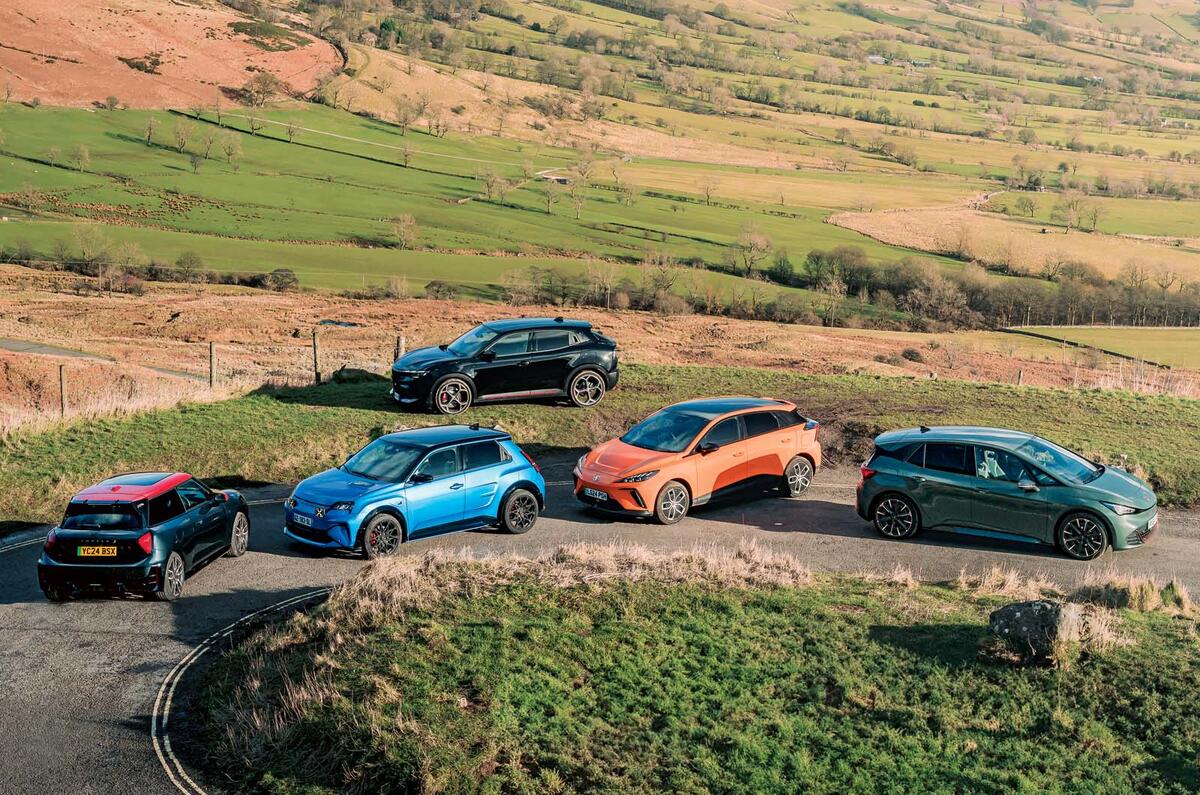
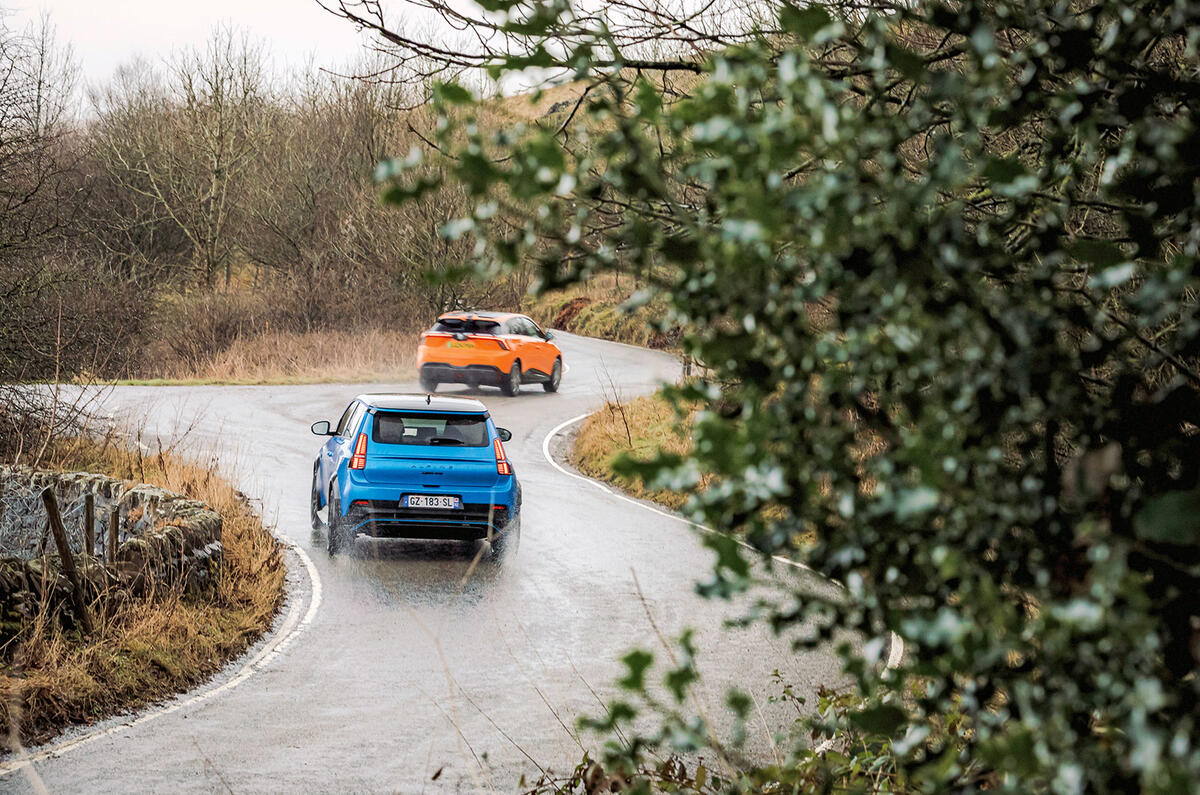
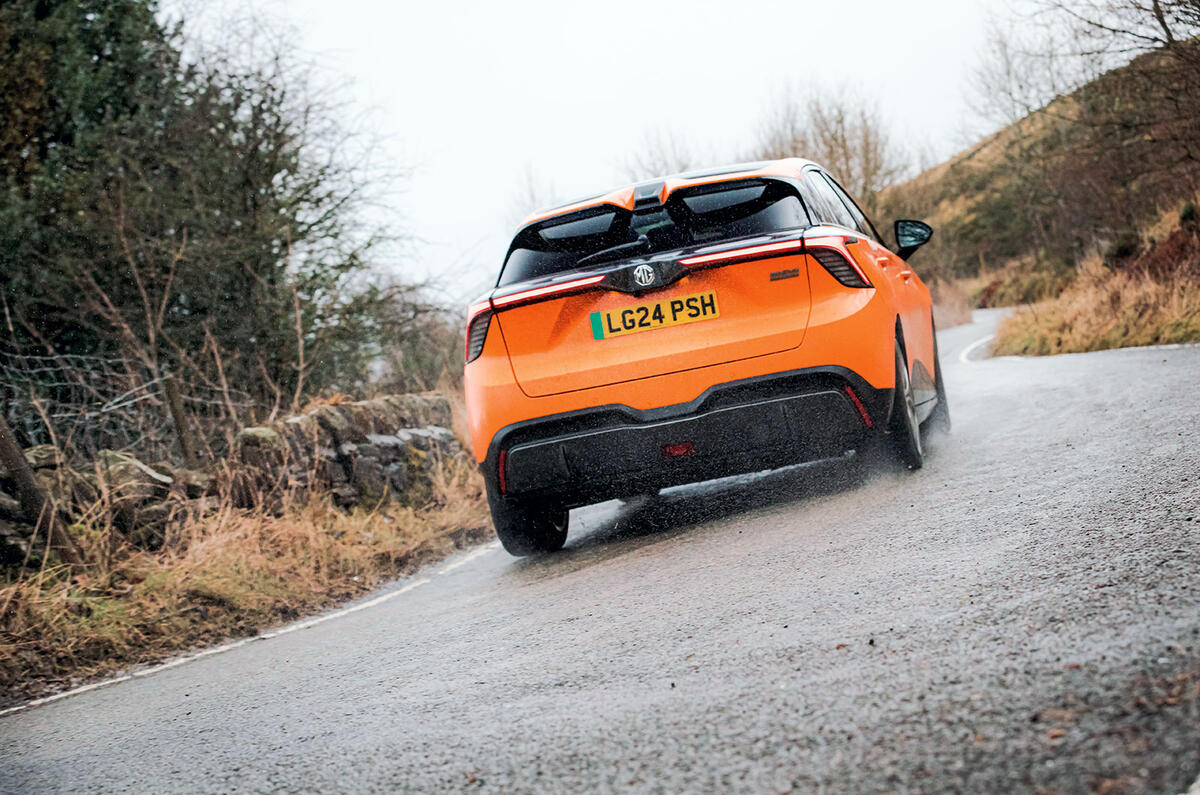

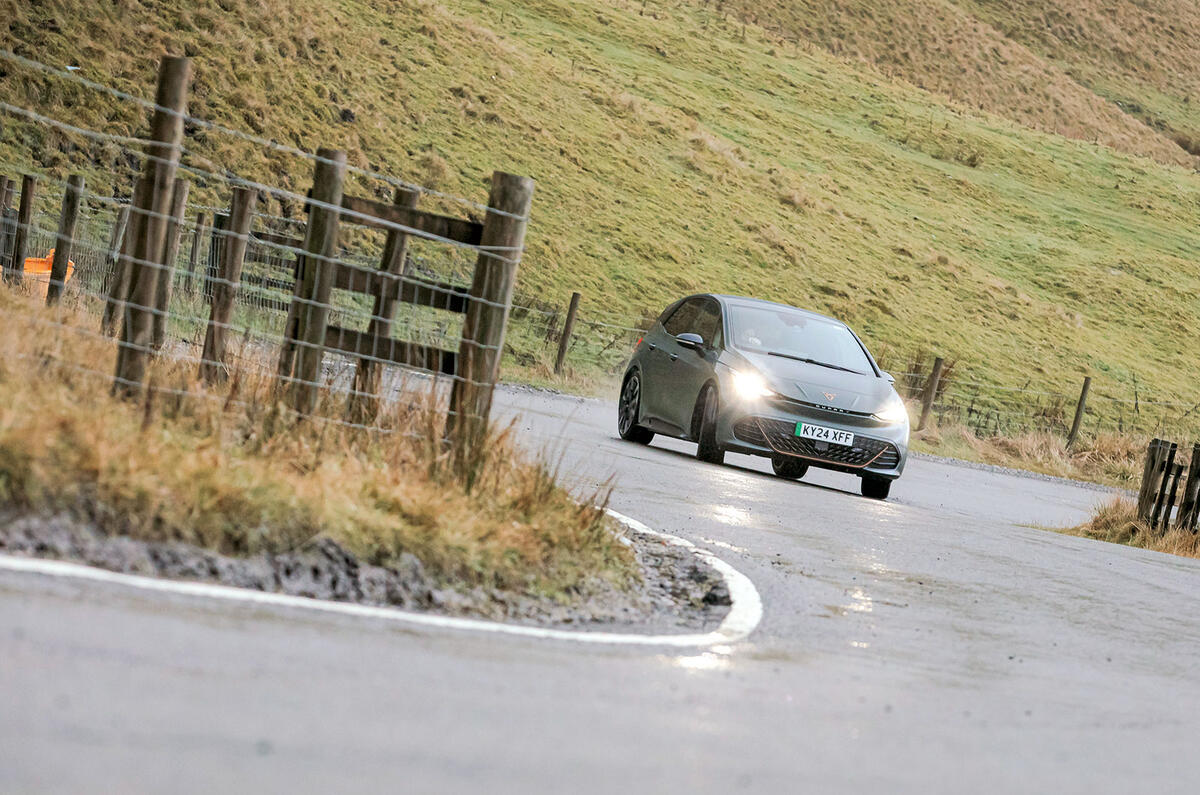
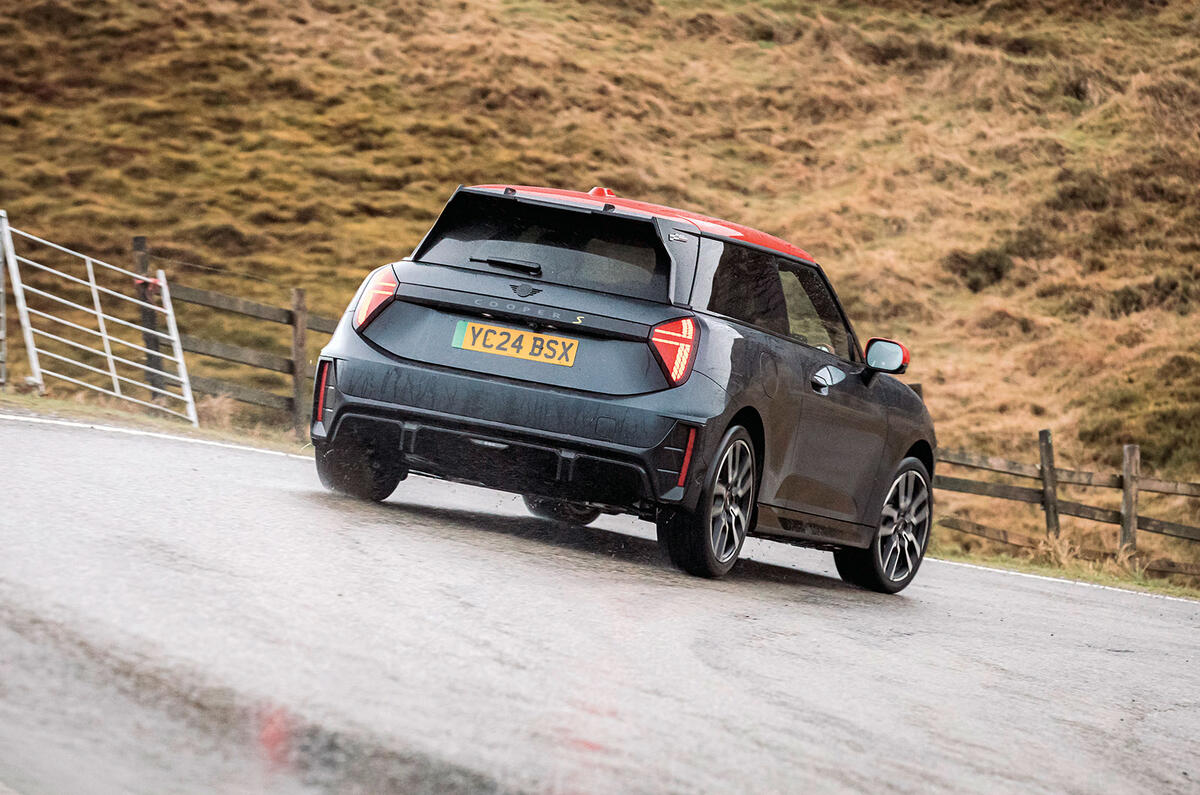
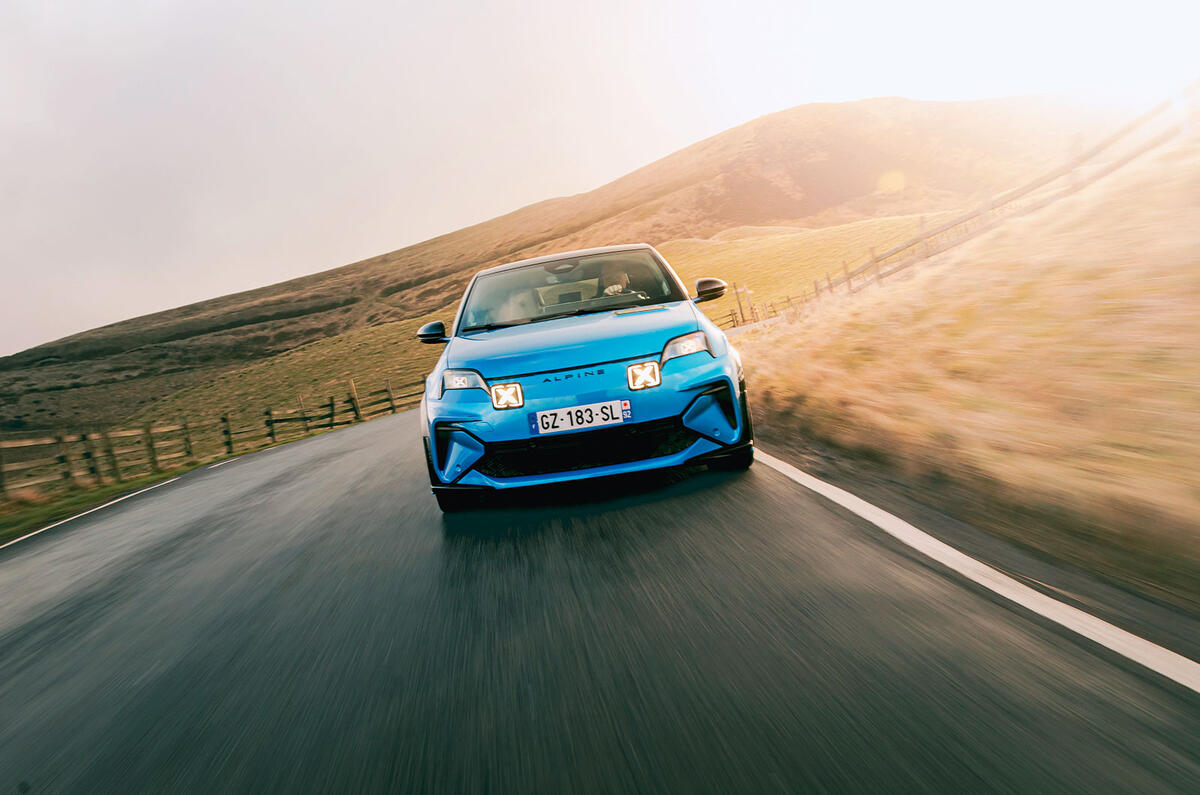
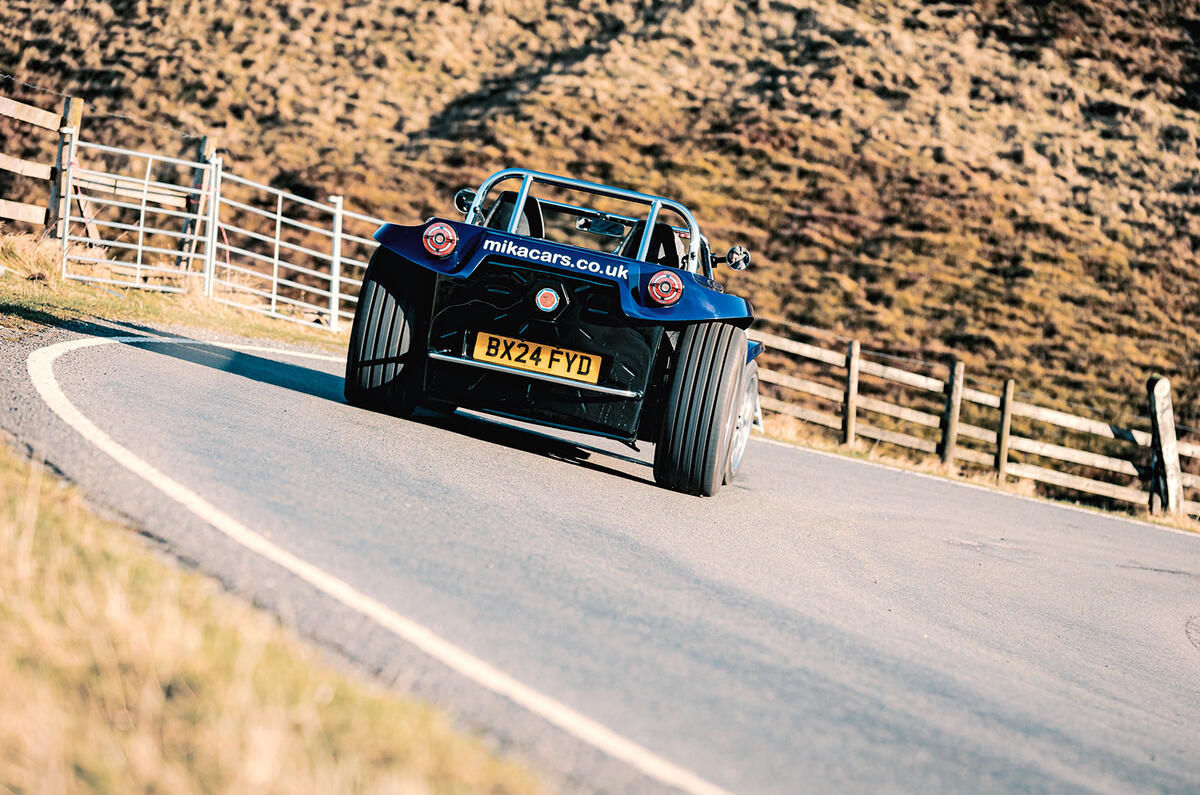
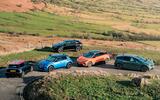
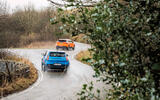
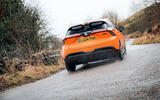
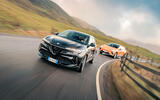
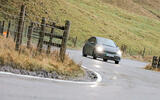

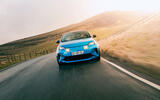
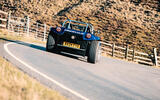





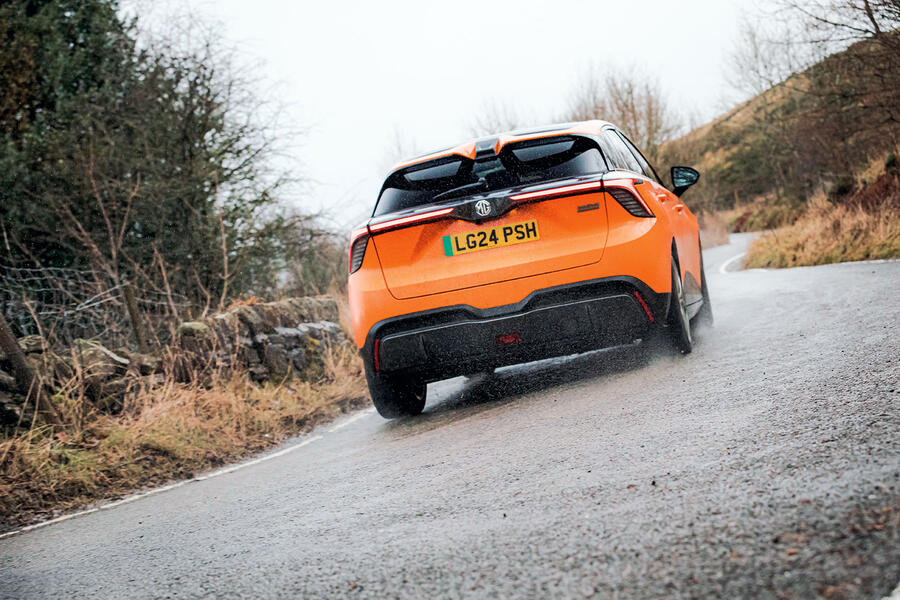
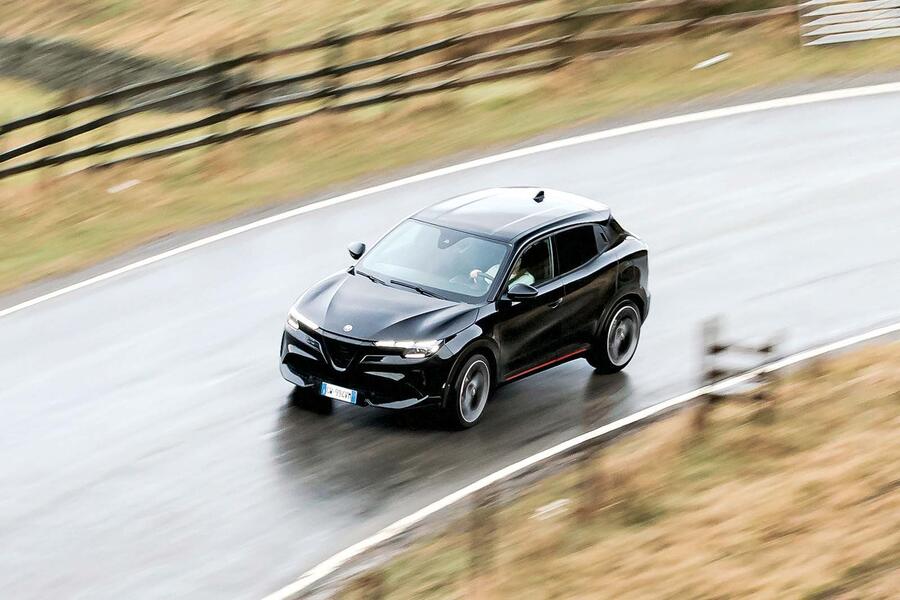
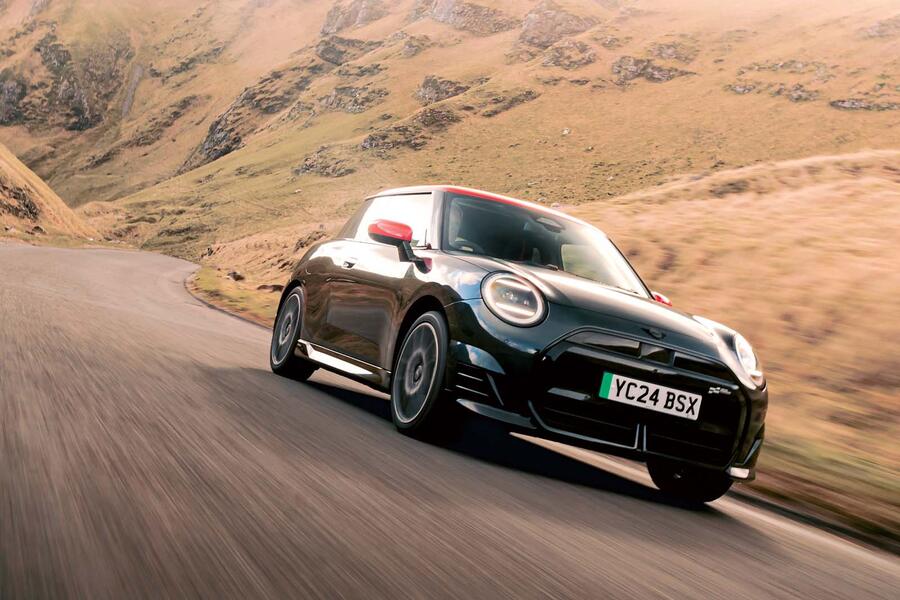
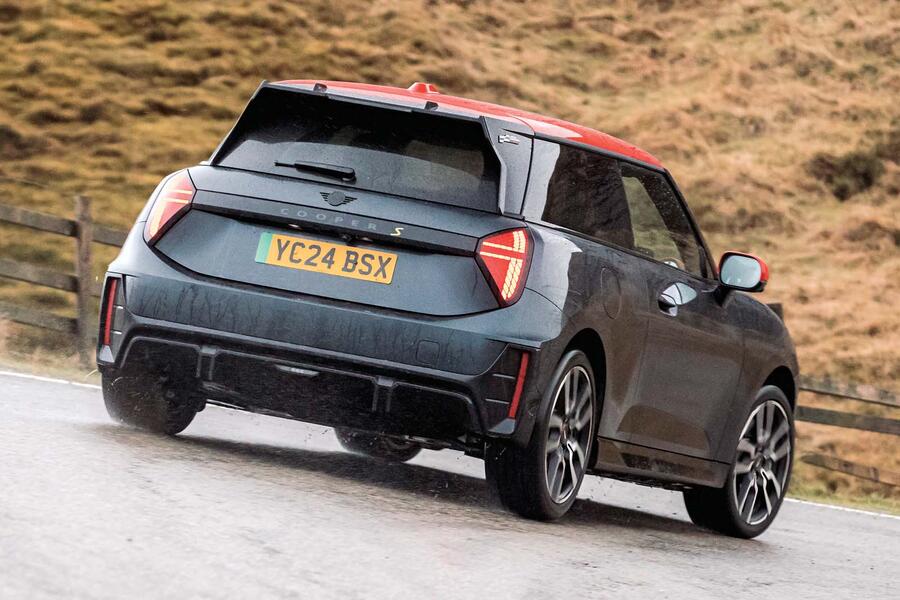
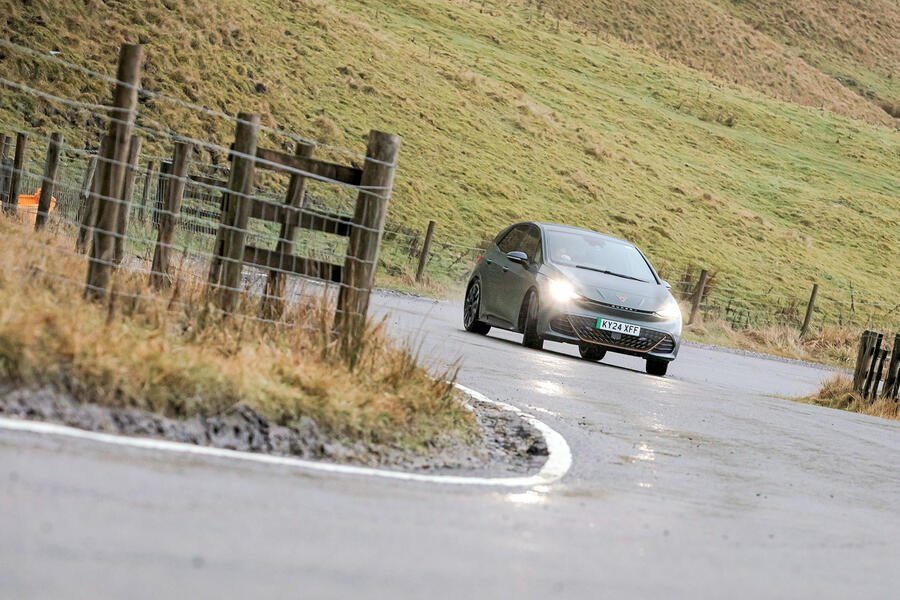
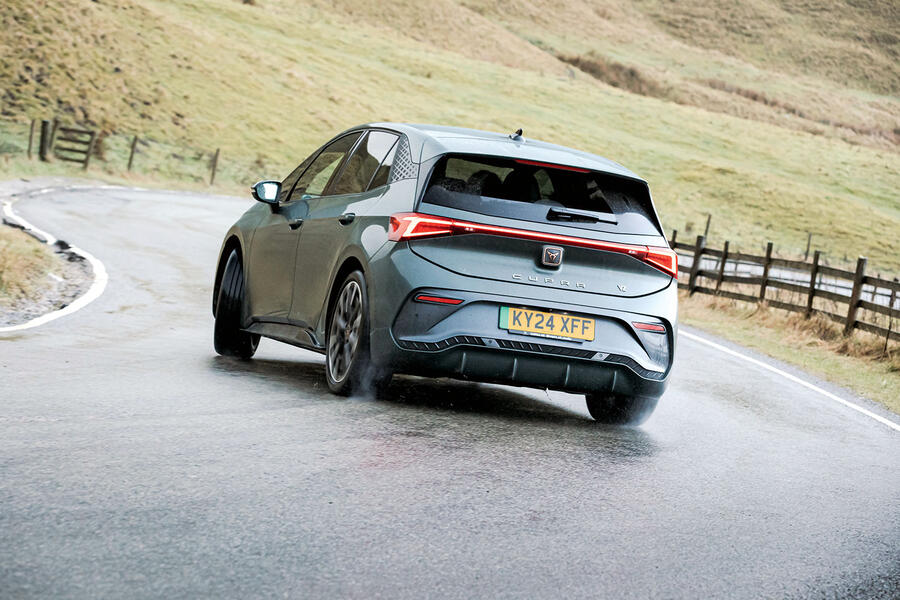
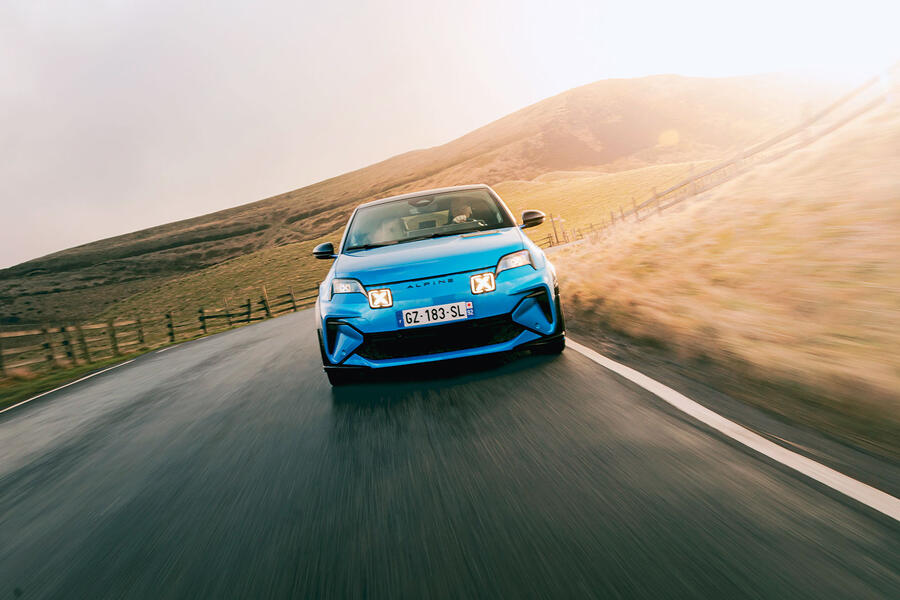
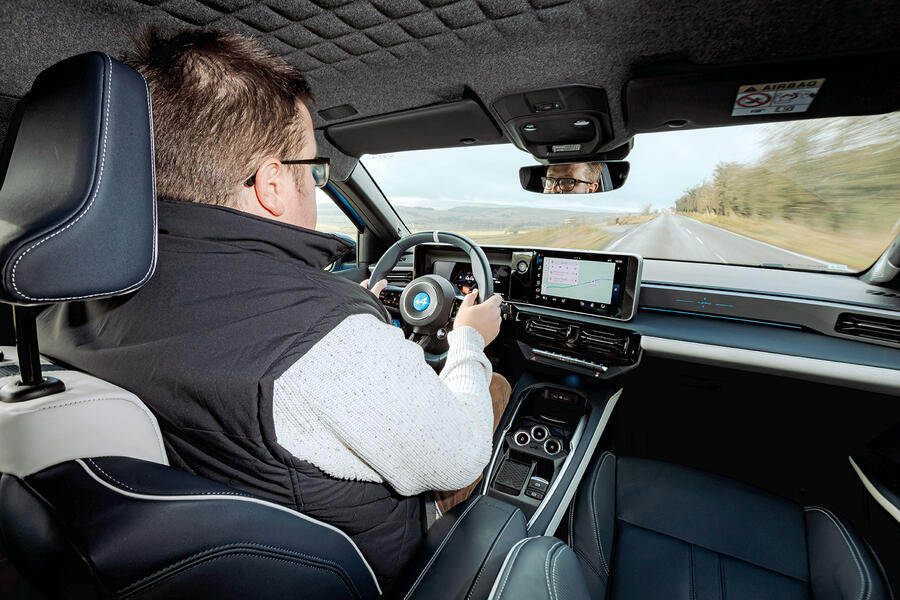
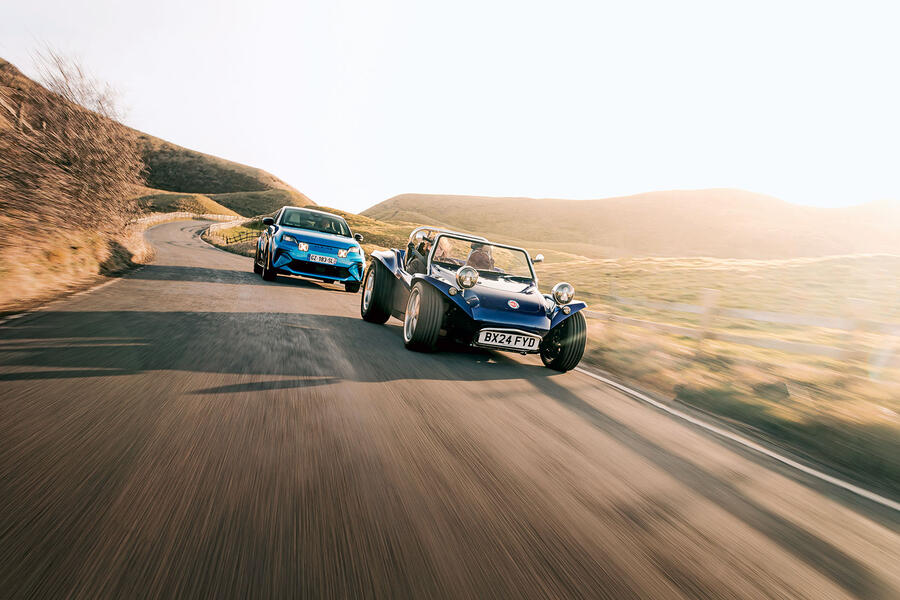
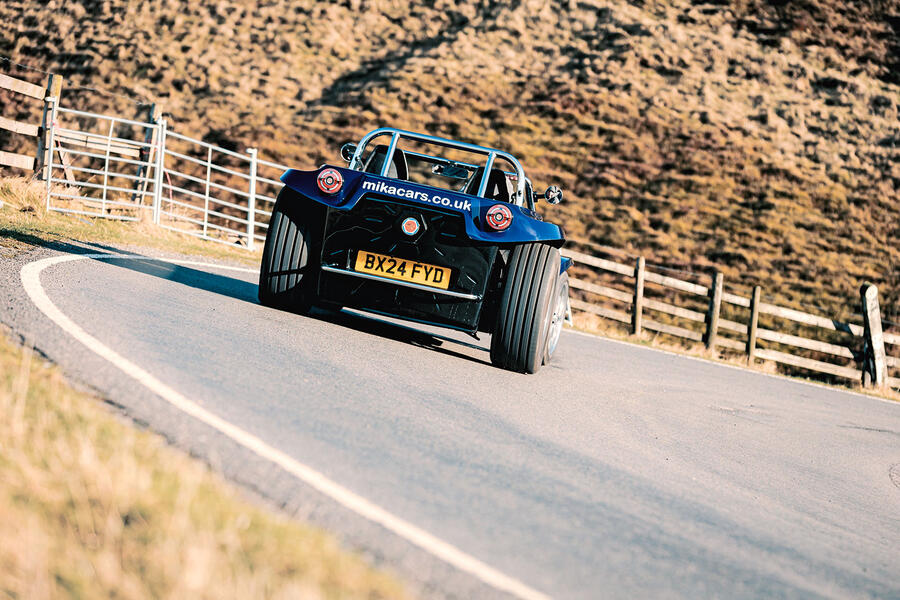
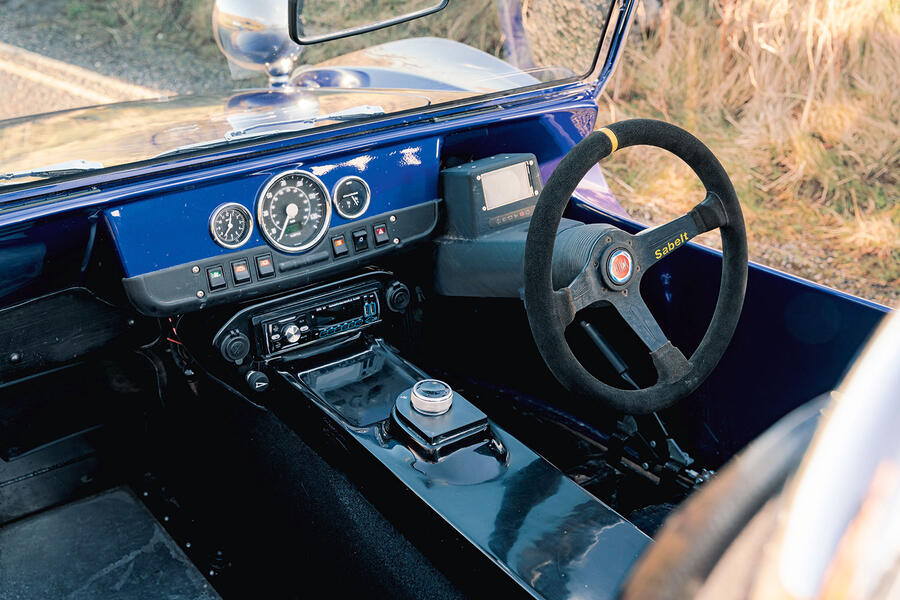








Join the debate
Add your comment
Why didn't you include the Abarth 500e?
Would have made a lot more sense to compare the MG Xpower
It would have been good to know the real range of the alpine as 190 was mentioned for the mini which has around the same size battery. As the Alpine is very similar to the R5 I'm surprised the general tinnyness of the car wasn't mentioned. Having looked closely at the R5 I can safely say the MINI & Cupra are way better screwed together from better quality materials, this low quality was mentioned for the Alfa but not the Alpine so getting a thorough comparison was difficult.